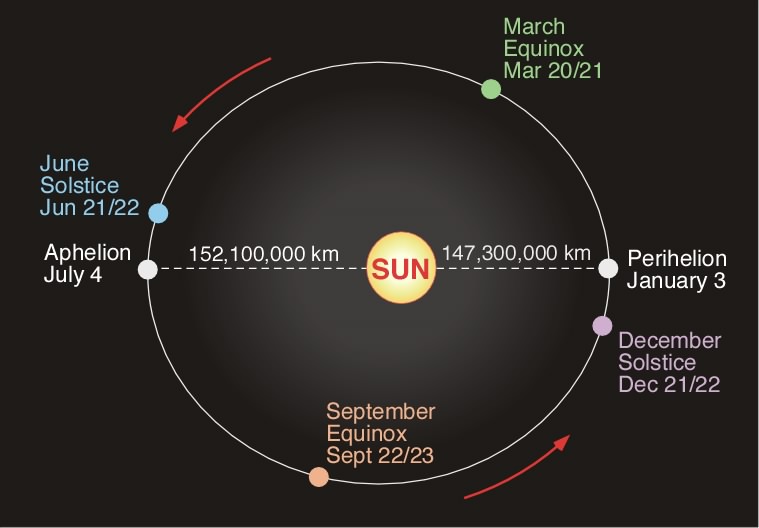The review books are in! you are given your own copy and you need to keep it NEW, No marking in the book. you will have to return them in June before the Regents.
***********************************************************************************
HW#8
Read pg 272 to 278
Do the following questions & answer pg 276 to 278 #2, 4to 15 then pg 294 #8
(copy the question then answer)
********************************************************************************
more info: http://www.physicalgeography.net/fundamentals/6h.html
Angular Measure: Degrees, Minutes, and Seconds of Arc
Degrees, minutes, seconds
The apparent sizes of distant objects and things in the sky are measured by the angle they subtend at the eye. (It's a common error to suppose that the Sun, say, looks about as big across as a dinner plate; to some people, it seems bigger than that, but to others, it's smaller. So such attempts to describe apparent sizes in linear terms lead to misunderstandings and confusion. Angular sizes can be measured with instruments, and are a standard we can all agree on.) If you are unfamiliar with angular measure, there are 90° in a right angle; 60 minutes of arc in one degree; and 60 seconds of arc in a minute. (We say “minutes of arc” to distinguish them from minutes of time.) Minutes of arc are designated by a (') sign; so “ 30' ” is read “30 minutes”. To give some familiar examples:The width of your thumb, seen at arm's length, is about 2°. The angular diameter of the Sun or the Moon is only about 1/4 of that, or just over 1/2 degree, which is 30 minutes of arc. (Yes, they look bigger than that near the horizon; the increased apparent angular size is an optical illusion.) A person with normal vision can just distinguish two points separated by about 1' of arc. (That means you can forget about seconds of arc unless you're using a telescope.)The angular height of mirages is always less than a degree. But, because of the horizon illusion mentioned above, people often suppose they are bigger than that.
Distant objects
Because the distances of miraged objects are always much greater than their sizes, the angles they subtend are always small. Small angles are readily related to the sizes and distances of the objects: the ratio of the size to the distance is the angular size measured in radians.*******************************************************************************
http://www.ustream.tv/channel/nasa-msfc
http://earthsky.org/tonight/geminid-meteor-shower-peaks-on-night-of-december-13
http://www.boston.com/news/weather/weather_wisdom/2012/12/geminid_meteor_shower_should_b.html
The final meteor shower of the year is going
to take place tonight and if you are lucky to have clear skies this
should be quite the show. Across much of the northeast and back into
the northern Rockies skies will be clear and perfect for viewing. There
is a "new moon" tonight and this means no moonlight to spoil the show.
While you will be able to see a few shooting stars after sunset the
display really gets going after 10PM and will peak a couple of hours
after midnight. However, you will definitely see some shooting stars
well before peak. I circled in blue areas of the country that will have
the best viewing tonight on the map below. I'd love to hear your experience on the meteor shower or on this blog. Please follow and chat with me on Twitter at @growingwisdom and check out my latest videos at GrowingWisdom.com

A brand new meteor shower possible
Astronomers are particularly excited about tonight's Geminid meteor shower as there could be even more shooting stars added to the mix. The earth may pass through comet Wirtanean in the next few days. Most meteor showers are caused when the earth passes through the debris of a comet. As of yet, the Earth hasn't run into comet Wirtanean's debris field. However, tonight may be different. If the earth passes through the debris it would result in a new shower of meteors that would combine with the Geminid's. That means we could be looking at 60-100 meteors per hour. The additional meteors would be coming from the constellation Picses (The Fish), so the shower could be called the Piscids.
The Geminids will appear to emanate from the constellation Gemini (The Twins) and are a result of the Earth hurling through debris shed by the huge, enigmatic asteroid 3200 Phaethon. This makes this meteor shower unusual because it isn't caused by comet particles.
 Remember, the most important thing about viewing the event is get away
from as much light as possible. The darker your surrounding the better
your viewing will be and the more meteors you will see.
Remember, the most important thing about viewing the event is get away
from as much light as possible. The darker your surrounding the better
your viewing will be and the more meteors you will see.Jupiter
If you are looking up tonight you might spot Jupiter as well. Jupiter is one of the brightest objects in the sky rising after sunset to the southeast and remaining in the sky most of the night. If you want to see Mars look to the southwestern sky at sunset as the reddish object will be that planet setting for the night. If you are up super early you can catch Venus rising in the eastern sky about 2 hours before the sun.


No comments:
Post a Comment